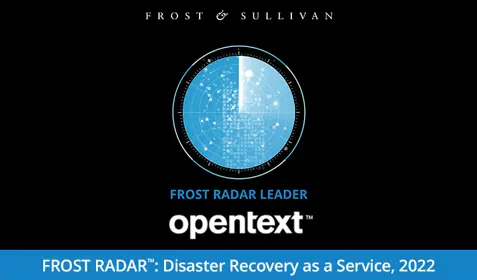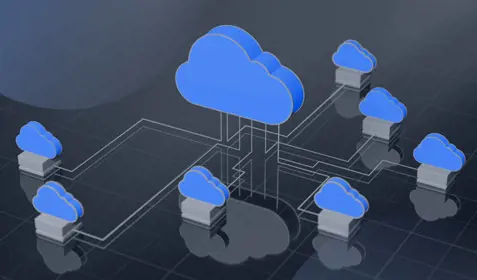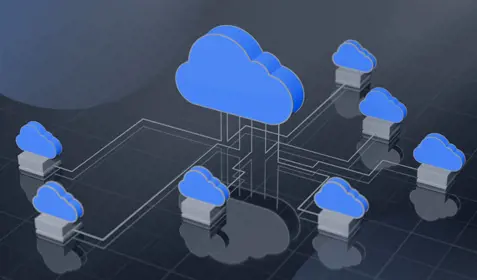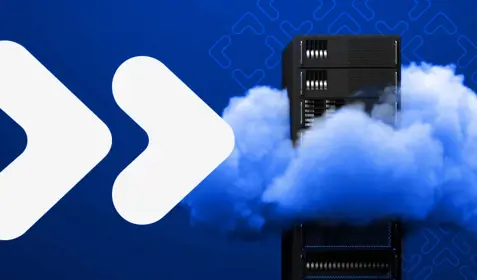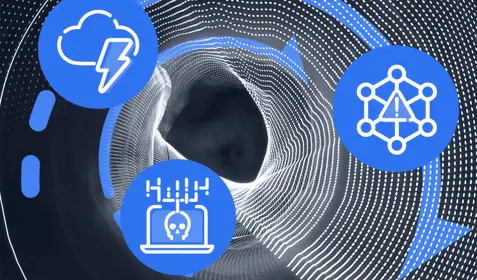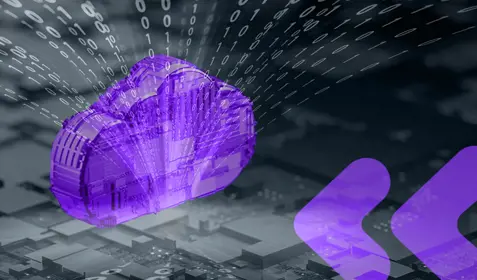Restoring a failed virtual machine (VM) to working order can be troublesome when using technology that’s not designed to work for virtualized environments. Carbonite™ Server is specifically designed to simplify disaster recovery of virtual workloads. The solution automates complex processes so that VMs can be recovered in minutes.
Backup
Carbonite Server uses smart technology to determine the best method for taking an initial snapshot of the VM and transferring the data. Subsequent backups use changed block tracking (CBT) so that only unique blocks need to be transferred to the backup server. With the option to configure protection with application awareness, the solution ensures consistency at the OS level and the application level. In Hyper-V environments, our VM backup solution uses a filter driver at the host level to capture reads and writes. Then the software determines what’s changed before transferring to the backup server.

Storage
On the storage side, Carbonite Server VM Edition breaks the data into blocks, encrypts the blocks using AES 256-bit encryption, and then stores the blocks in the storage repository. For each block, the metadata is stored in a Postgres database, while the blocks are stored in the storage repository.
As you run out of storage, our solution uses horizontal scale-out technology to allocate additional volumes as necessary. The volumes can be different sizes, and they can be any kind of storage: DAS, NAS or SAN. Once all the blocks land in storage and the metadata is written to the Postgres database, the job is finished.
Retention
Carbonite Server enables you to back up every 15 minutes. For retention, the software reads the database to figure out the blocks it needs – and the ones it doesn’t need – to retain one complete daily backup. This is primarily a metadata operation. Then it inspects the data in the storage repository and purges any data that is no longer necessary.
Offsite replication
Our solution can also be configured to replicate to an offsite server in the Carbonite cloud, an offsite data center or the public cloud. Carbonite Server VM Edition transfers all blocks and metadata over a secure channel. The channel itself is encrypted, and the data within it is encrypted as well. This is a multi-tenant server, so you can have multiple backup servers replicating to one offsite server. This is useful for businesses with remote offices and for service providers. You can also establish separate retention schedules for the backup server and the offsite server.
Backup verification
Carbonite Server performs a checksum verification of all VMs you’re protecting on the backup server. Once a day, the software looks into the storage repository and ensures that all the blocks you’re supposed to have are present. Then, it tells the hypervisor to boot the VM and take a screenshot of the login page. There’s no copying or transfer of data to perform this function. The virtual drive extraction layer enables the software to tell the hypervisor to boot the VM without having to move, copy or reassemble the data.
Disaster recovery
Carbonite Server is engineered for both rapid and flexible recovery of VM data. By creating a virtual drive on the backup server, it makes the storage repository look like a drive on your machine. This gives you several different restore options for disaster recovery, including:
- Spin up a VM on the backup server
- Restore a single disk or an entire VM to a hypervisor
- Recover individual files
- Mount a disk as a virtual drive
- Download virtual disk
- Recover granular application data
All these operations can be performed on the offsite server as well.
For additional information about VM backup or our other server solutions, please visit the Carbonite Server product page.

